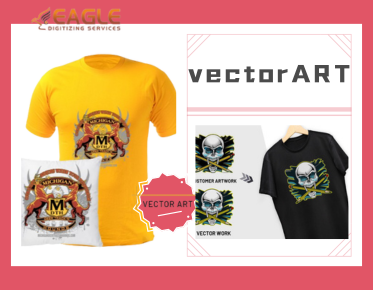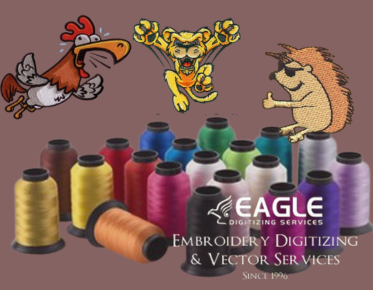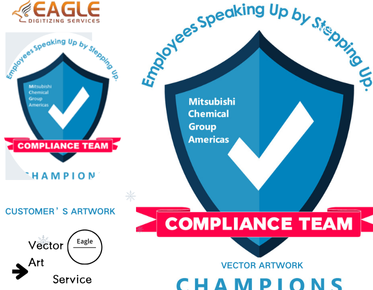Exploring Different Screen Printing Methods
Understanding Screen Printing
Screen printing is one of the most popular methods for transferring images onto various materials, particularly textiles. This technique involves creating a stencil, or screen, and using it to apply layers of ink on the printing surface. Each color is applied using a different screen, allowing for vibrant, multicolor designs. The process is favored for its ability to produce high-quality prints with a durable, long-lasting finish.
Types of Screen Printing
1. Spot Color Screen Printing
Spot color screen printing is the most common technique used in the industry. It involves using individual screens for each color in the design. This method is ideal for simple designs, particularly those with solid colors. Its reliability and ability to produce crisp, vibrant colors make it the go-to technique for many professionals.
2. Halftone Printing
Halftone printing is perfect for creating gradients or shading effects. This method uses dots of varying sizes to achieve depth and a wide range of tones, allowing for a high level of detail in the prints. Halftone printing is useful when working with photographic images or designs that require subtle transitions between colors.
3. Grayscale Printing
Grayscale printing uses a single color of ink to create an image, using halftones to produce shades of gray. This method is often chosen for monochrome designs, producing a classic and sophisticated look.
4. CMYK (Four-Color) Process Printing
The CMYK (Cyan, Magenta, Yellow, and Key/Black) process is suitable for full-color printing. A combination of these four inks creates a spectrum of colors, allowing for complex and vibrant images. While it can be more elaborate to set up, the results are worth it for high-quality photographic designs.
5. Simulated Process Printing
Simulated process printing is similar to CMYK but uses a mixture of spot colors to recreate the final image. It's a great method for designs that include both photographic elements and solid colors. This technique can handle a wide variety of artwork with excellent color reproduction.
Integrating Advanced Techniques
Besides these foundational methods, screen printing can be combined with other techniques to enhance the final product's appearance. For instance, using raster to vector conversion services ensures that the original artwork is transformed into a clean, scalable vector format, which is crucial for maintaining quality during the printing process.
The Role of Modern Technology
With the advent of technology, digital tools have made it easier to prepare and execute screen printing projects. Online vector conversion services, such as those offered by Eagle Digitizing, are essential for simplifying the artwork conversion process. These services provide quick and efficient transformation of raster images to vector formats, facilitating a seamless transition from concept to print.
Choosing the Right Process for Your Needs
The choice of screen printing method largely depends on the nature of the design and its application. For instance, vector art services are often used to create print-ready designs that need high precision and quality. Design complexity and color requirements will guide whether spot color, halftone, or CMYK processes are suitable.
Understanding Full Color vs. Spot Color
While CMYK is preferred for producing full-color images, spot color is more appropriate for designs with fewer colors or when exact color matching is required. Advances in vector conversion tools aid in refining these choices by producing precise and color-consistent results. To learn more about vector conversion, explore different software options on platforms like vectorwiz.com.
Looking Forward: Innovations in Screen Printing
As we look to the future, the screen printing industry continues to evolve with new technologies that enhance efficiency and expand artistic possibilities. The integration of AI in design and printing, coupled with sustainable materials and practices, promises to transform how we approach printed media. Another area of growth is in customizable vector graphics, which offer unprecedented opportunities for personalized designs in mass production.
Whether you are a newcomer or a seasoned professional, understanding the nuances of screen printing methods and their applications is crucial for producing high-quality, effective prints. By leveraging the right techniques and staying abreast of technological advancements, you can ensure that your projects not only meet but exceed expectations.



